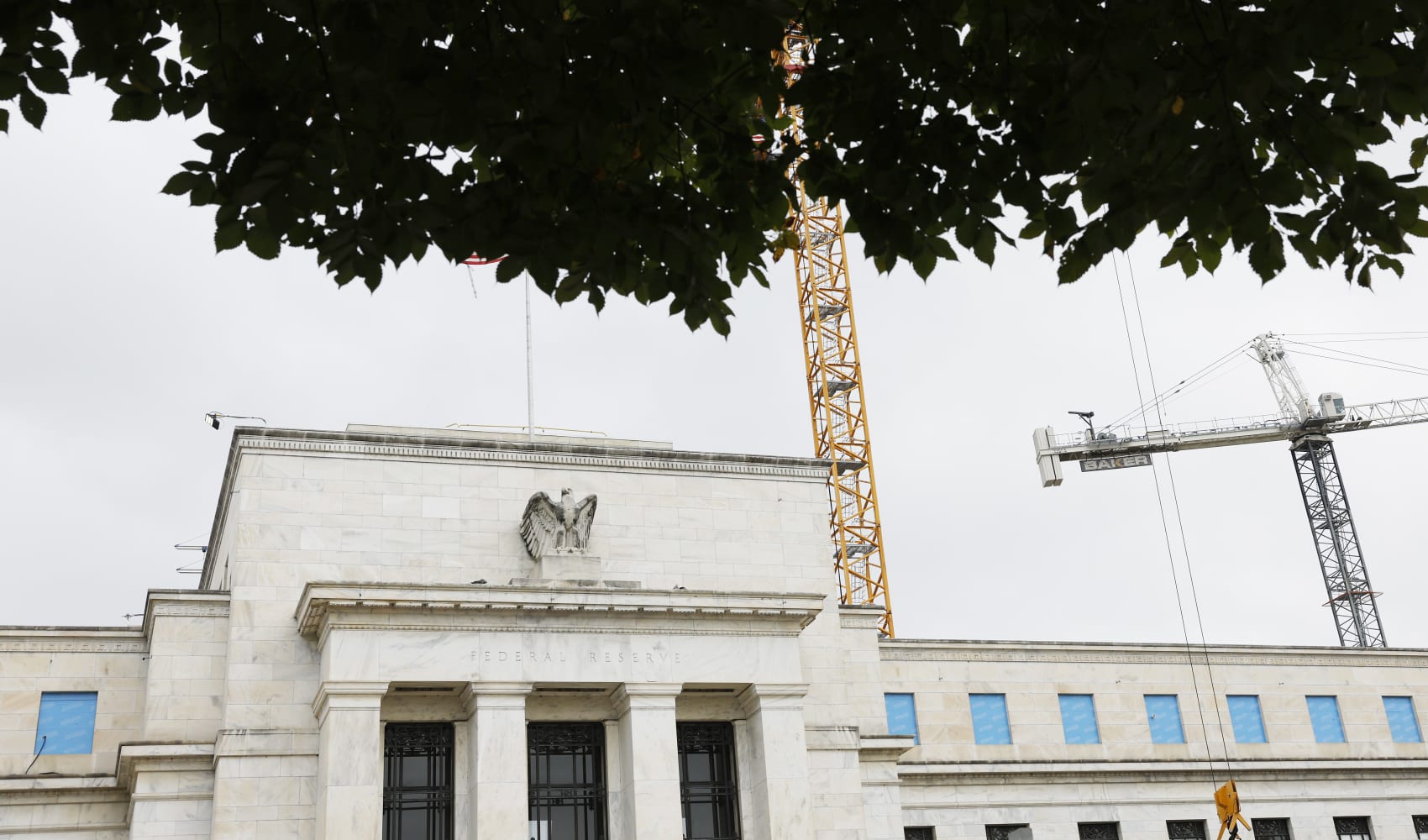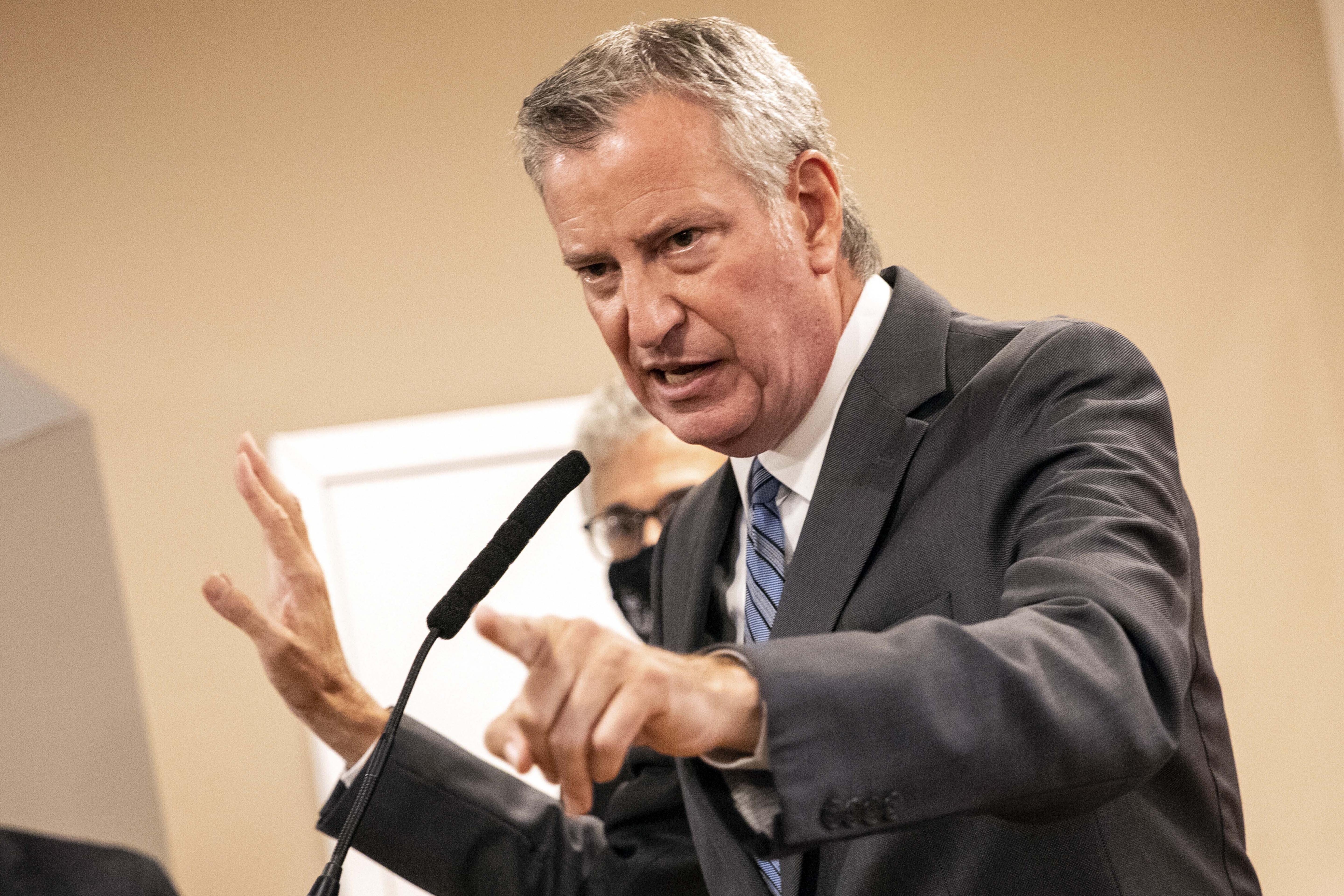Fed's $2.5B Expansion: Musk Demands Scrutiny!
Elon Musk Questions "Eyebrow-Raising" $2.5B Fed Building Expansion
Introduction: Musk's Last Stand Against Government Spending?
Is Elon Musk, the visionary behind Tesla and SpaceX, hanging up his hat as a watchdog of government spending? Not quite yet! As he seemingly exits his efforts to curb what he perceives as wasteful government expenditure, Elon Musk is taking one last shot, questioning the eye-watering $2.5 billion Federal Reserve building renovation. But is this just another Muskian tweetstorm, or does he have a point? Let's dive in!
The $2.5 Billion Question: What Exactly Are We Paying For?
In a surprisingly old-school move – a rare interview with print reporters – the self-proclaimed initiator of the "Department of Government Efficiency" advisory board expressed his skepticism. He suggested that the price tag for the central bank operation “sounds high.” Indeed, it does. I mean, really, what *do* you get for $2.5 billion in redecorating?
Beyond New Paint: A Deep Dive into the Renovation
Musk himself pondered, “I mean, what do you get for $2.5 billion in redecorating? Must be incredible.” And that’s the key question, isn't it? This isn't just about slapping on a fresh coat of paint. This project supposedly encompasses significant infrastructure upgrades, security enhancements, and modernizations designed to keep the Fed operating smoothly for decades to come. But is it *really* worth that much?
The Fed's Perspective: Modernization and Security
The Federal Reserve, for its part, likely argues that these renovations are essential for maintaining operational efficiency and security in an increasingly complex world. Think state-of-the-art cybersecurity measures, upgraded HVAC systems, and perhaps even improved accessibility features. These things don't come cheap. But the sheer scale of the expenditure still invites scrutiny.
Rising Costs: A Common Theme?
The Fed began this endeavor back in 2021, initially estimating the project to cost $1.9 billion. Since then, a number of factors have supposedly contributed to the increase. But why wasn't that cost taken into account initially?
DOGE to the Rescue? Musk's Claim of $160 Billion Savings
Musk’s "DOGE" (Department of Government Efficiency – a tongue-in-cheek name, presumably) claims to have saved taxpayers $160 billion during its short operating life by scrutinizing government spending. That's a bold claim. But if even a fraction of that is true, it highlights the potential impact of increased oversight. Imagine what that money could do for education, infrastructure, or even…a whole lot of affordable housing.
Public Scrutiny: Holding the Government Accountable
Musk's questioning of the Fed renovation highlights the importance of public scrutiny of government spending. It's our money, after all! We have a right to know where it's going and whether we're getting a good return on our investment. Transparency is key, and even if Musk's intervention doesn't directly alter the project, it can spark a much-needed conversation.
The Power of Social Media: Amplifying the Message
Love him or hate him, Musk has a massive platform. His tweets and pronouncements reach millions, instantly amplifying any concerns he raises. This can be a powerful tool for accountability, forcing government agencies to justify their decisions and address public concerns.
The Cost of Inaction: What Happens if We Don't Scrutinize?
What happens if we *don't* scrutinize government spending? Well, potentially, waste and inefficiency can run rampant. Projects can balloon in cost, services can be subpar, and ultimately, taxpayers end up footing the bill for mismanagement. Vigilance is essential to ensure that our tax dollars are being used wisely and effectively.
A Slippery Slope: From Minor Inefficiencies to Major Overspending
It's easy to dismiss a single instance of questionable spending as a minor issue. But unchecked, these minor inefficiencies can snowball into major overspending, draining public resources and hindering important initiatives. Think of it like a leaky faucet: a few drips might seem insignificant, but over time, they can lead to a flooded basement.
Beyond Musk: The Need for Independent Oversight
While Musk's involvement is certainly noteworthy, the need for independent oversight of government spending extends far beyond any single individual. We need robust mechanisms in place to ensure transparency, accountability, and responsible financial management at all levels of government. Think of independent auditors, investigative journalists, and engaged citizens – all playing a role in holding the government accountable.
Empowering Citizens: How Can We Get Involved?
So, how can we, as ordinary citizens, get involved? By staying informed, asking questions, and demanding transparency from our elected officials. We can also support organizations that promote government accountability and fight against wasteful spending. Every voice matters, and together, we can make a difference.
The Economic Implications: Opportunity Cost and Alternative Investments
Let's not forget the economic implications of this $2.5 billion renovation. That money could be invested in other areas, such as renewable energy, education, or infrastructure. Every dollar spent on one project represents an opportunity cost – the potential benefits lost by not investing that dollar elsewhere. Are we confident that this renovation is the best possible use of these funds?
The Ripple Effect: How Government Spending Impacts the Economy
Government spending has a significant ripple effect on the economy. Investments in infrastructure can create jobs and boost economic growth, while wasteful spending can drain resources and hinder progress. It's crucial to carefully consider the potential impact of every government expenditure, ensuring that it aligns with our economic goals and priorities.
The Political Landscape: Is This a Partisan Issue?
While fiscal responsibility should ideally be a non-partisan issue, it often becomes entangled in political debates. Accusations of wasteful spending are frequently used as ammunition by opposing parties, making it difficult to have a rational and productive conversation about government finances. It's important to cut through the political rhetoric and focus on the facts, evaluating each project on its merits and potential impact.
Finding Common Ground: Prioritizing Fiscal Responsibility
Despite the political divisions, there is common ground to be found in prioritizing fiscal responsibility. Everyone benefits from a well-managed government that uses taxpayer dollars wisely and effectively. By focusing on shared goals and working together in a spirit of collaboration, we can create a more efficient and accountable government for all.
Conclusion: A Call for Transparency and Accountability
Elon Musk's questioning of the $2.5 billion Federal Reserve building renovation serves as a reminder of the importance of transparency and accountability in government spending. Whether this project is truly justified remains to be seen, but the ensuing debate highlights the need for greater scrutiny and a more informed public. It's our money, after all, and we deserve to know how it's being spent.
Frequently Asked Questions
- Why is the Federal Reserve building being renovated?
The Federal Reserve claims the renovation is necessary to modernize the building, improve security, and enhance operational efficiency.
- What exactly will the $2.5 billion be used for?
Details are still emerging, but it's expected to cover infrastructure upgrades, security enhancements, and modernization efforts, potentially including cybersecurity and HVAC system improvements.
- Is Elon Musk’s “DOGE” a real government agency?
No, the "Department of Government Efficiency" (DOGE) is a name Musk jokingly uses to refer to his efforts to scrutinize government spending.
- How can I find out more about government spending?
You can research government websites like USAspending.gov, contact your elected officials, and follow investigative journalism focused on government finances.
- What can I do if I suspect wasteful government spending?
You can report suspected fraud, waste, or abuse to the appropriate government agency, such as the Office of the Inspector General, and contact your elected officials to voice your concerns.


